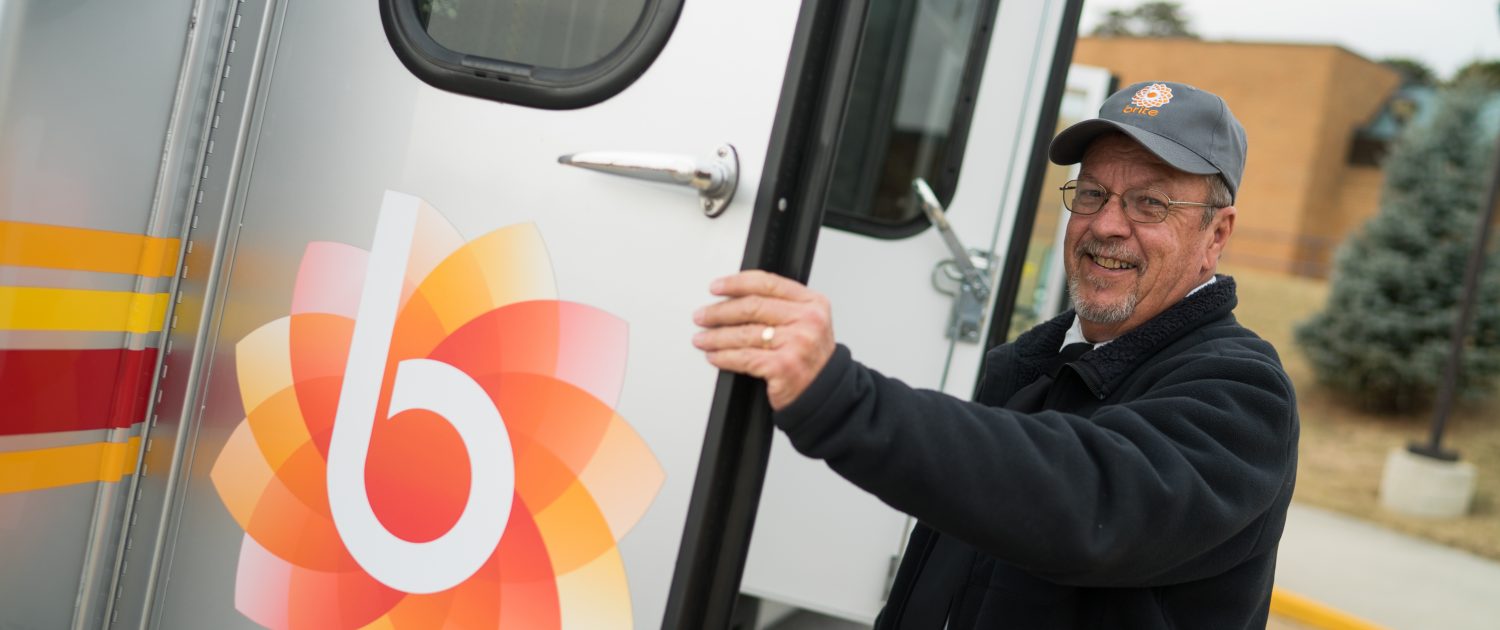Over A Century Of Public Transportation In The Valley.
In 1890, the City of Staunton proudly introduced a fleet of 12 mule-drawn cars operating on three lines. By 1896 these streetcar lines were converted to electricity with service controlled by the Staunton Light and Power Company. They called the service the Shenandoah Traction Company which ran until 1931 when the Staunton Transit Service bus system took over.
Augusta Health Drives Subsidized Public Transit.
To meet regional healthcare needs, King’s Daughters Hospital in Staunton and the Waynesboro Community Hospital merged into Augusta Health located in Fishersville. The board at Augusta Health recognized the central location was not accessible for people who do not drive. In 1988, community leaders began meeting regularly to plan a transportation service that could meet the needs of patients and visitors to the new hospital.
The 250 Connector Brings Modern Public Transit To Augusta County.
By 1992, the private non-profit, Coordinated Area Transportation Services (CATS) had two small buses providing demand-response transportation to Augusta Health from Augusta County, The City of Staunton, and the City of Waynesboro. Federal and state funds through DRPT allowed the system to experiment with a fixed route in 1995, which was finally successful in 2002. After significant advocacy and survey efforts made by the Waynesboro Disabilities Service Board and support from the City of Waynesboro, the 250 Connector fixed route was instituted in 2002.
A Charming Addition To Our Transit System.
During the development of the 250 Connector, the City of Staunton was exploring the purchase of a trolley to provide tourist-oriented service in the downtown area. The City received both grant funding from the Commonwealth of Virginia and matching funds from the City’s Downtown Development Association to purchase two trolleys in 2001. That same year, CATS and the Virginia Regional Transit service provider were awarded the contract to operate the Staunton Trolleys.
Community Involvement Supported Fixed Route Service.
It is with thanks to our community and our funding partners that we were able to transition from a demand-response service to our fixed route service in 2002. After the official census designation of the Staunton-Augusta-Waynesboro urbanized area in 2012, the Central Shenandoah Planning District Commission (CSPDC) assumed responsibility for the transit service, including: grant administration, planning and oversight, and compliance with all Federal transit requirements. That same year CSPDC established a transit Advisory Committee (BTAC) of stakeholders and rider representatives to provide guidance on the transit service. The first task of the group was to develop a cohesive brand, logo, and marketing strategy to improve community awareness of transit in the region. BTAC chose the name BRITE (Blue Ridge Intercity Transit Express), the logo, and color scheme for the buses and printed material.
 11/1: West / North Loops & Trolley Route & Schedule Change
11/1: West / North Loops & Trolley Route & Schedule Change



